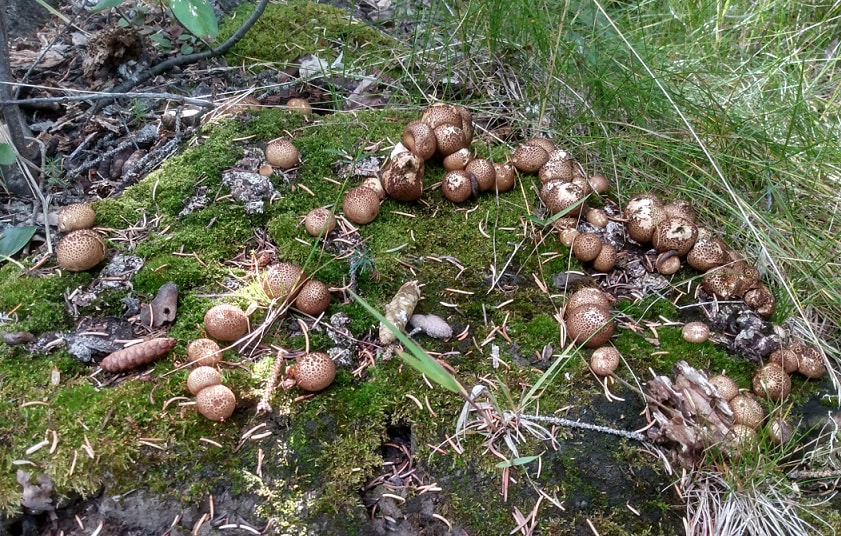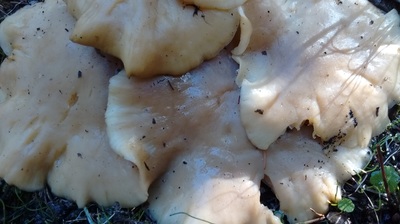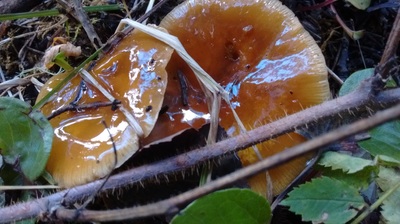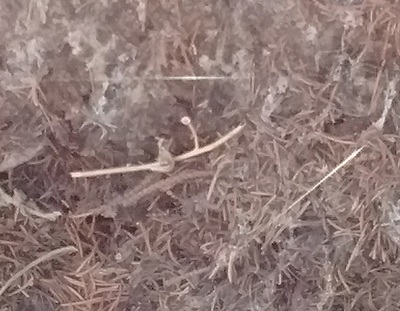|
september is from Latin, septem. -- seven VII 7th of 10 months in the ancient roman calendar year that begin in march and end with a vague deep winter, eventually named january (Ianuarius) and february (Februarius). see also: c-series.
hawks. owls. badger. bear. deer. beaver. ground squirrels, red squirrels. chipmunks. dragonflies & damselflies. bees & butterflies. clovers. fireweed. paintbrush. quite a few mushrooms. spider webs. there must be insects. geese & ducks flying. mild weather, perhaps a robin song. blue jays. downy woodpecker on black knot fungus (Apiosporina morbosa). pair of northern flickers. white hares.
blue jays. flickers. great horned owl. hairy woodpecker. ravens. robins. hawks aplenty, 1 wingèd stoop. crows. a hornworm.* butterflies. bees. 2 coyotes. a skunk. rabbits, 1 juvenile. 2 fawns. a ladybug in flight. wild raspberries. a tall sunflower grove. *Whoa, sphinx moths can have up to a 14" proboscis.
**Amaranthaceae - spinach, beet, sugarbeet, chard, quinoa, 'pigweed family' rain and hail and mist and hot and 2 dragonflies. blue jays. robins. chickadees. sparrows. a kestrel with 1 sparrow. hawks. red-wing blackbirds. a bat. trying to determine butterflies. so there's a white admiral that's actually black with white bands, quite a few. an orange-black with jaggedy wings, or its white rim is an illusion of jaggedness. painted lady? red admiral? monarch? fluttery white ones, and tiny in-the-grass ones. conclusion. butterflies are difficult to chase and gone in split seconds. 4-dot ladybugs. several big (edible-looking) mushrooms. gophers. thunderstorms. centipedes.
|
weblog
nature, phenology, plants.
categories of posts
All
|




























